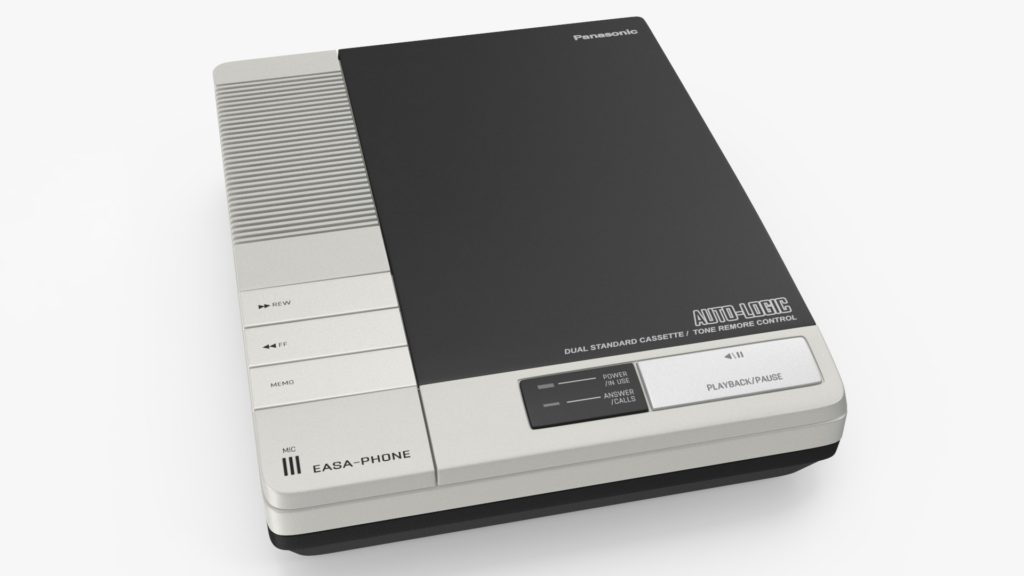Few inventions have had as swift and profound an impact as the answering machine. Introduced in the 1980s, it quickly became a ubiquitous fixture in households and offices worldwide, reshaping the way people interacted over the phone.
Rapid Adoption: From Novelty to Necessity
Before these were invented, humans had to answer their own phones! The speed at which the answering machine was adopted is unparalleled in the history of consumer technology. What began as a novelty soon became a necessity, as households and businesses recognized the convenience and practicality it offered.
Within a remarkably short span of time, answering machines went from being a luxury item to an essential tool for managing communications. This rapid adoption can be attributed to several factors:
- Convenience: The answering machine liberated individuals from the constraints of having to be physically present to receive phone calls. Instead, callers could leave messages at their convenience, and recipients could retrieve them at their leisure.
- Efficiency: With the advent of answering machines, the cumbersome process of manually taking messages or relying on live operators was rendered obsolete. This newfound efficiency revolutionized the way people managed their communications, saving time and streamlining processes.
- Accessibility: The affordability and accessibility of answering machines made them accessible to a broad spectrum of consumers. As prices dropped and technology improved, answering machines became an integral part of everyday life for millions of people around the world.
Paradigm Shift: Redefining Communication Norms
The widespread adoption of answering machines brought about a paradigm shift in communication norms. What was once considered impolite or impersonal—having a machine answer a call—became not only acceptable but expected.
One day, you called someone and a machine picked up. Your first thought was “How rude! I’m not leaving a message on a machine.”
Two years later, you call someone and now a machine doesn’t pick up. Your first thought is “How rude! Why don’t they have a machine?” Now you need to call back versus putting that burden on the machine and passing the buck. Tag, you’re it.
This shift in perception transformed the way people viewed communication etiquette. No longer was it frowned upon to miss a call or rely on technology to handle incoming messages. Instead, the answering machine became a symbol of efficiency and modernity, heralding a new era of communication.
Unintended Consequences: Social Implications of the Answering Machine
Beyond its primary function of recording messages, the answering machine had several unintended consequences that shaped social interactions:
- Call Screening: The ability to screen calls before answering became a powerful tool for managing communication. Callers were often greeted by a recorded message, allowing recipients to decide whether to take the call or let it go to voicemail.
- Personalization: Customized outgoing messages allowed individuals to express their personality and creativity. From witty greetings to personalized announcements, the answering machine provided a platform for self-expression.
- Social Metrics: The blinking lights and message count features on answering machines became a form of social metric, indicating one’s popularity and social connections. Knowing how many messages awaited them became a point of pride for some, while others knew the fact that no one called!
The demise of the answering machine started when phone companies offered VoiceMail using their services instead of your own phone equipment, which morphed into visual voice mail on our mobile phones. For a brief moment in consumer technology, the answering machine revolutionized communication in ways that were both profound and unexpected. Its rapid adoption and transformative impact not only changed the way people communicated but also redefined social norms and expectations. As we look back on the era of the answering machine, we can appreciate its role in shaping the modern landscape of communication and how this simple machine changed us!
What common communication tool do you rely on today that might end up in the technological dustbin of the future?
